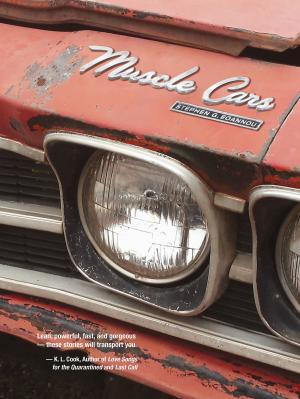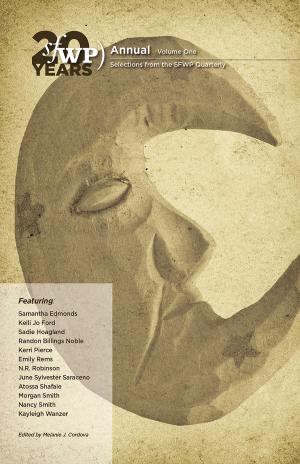| Author: | Annita Perez Sawyer | ISBN: | 9781939650276 |
| Publisher: | Santa Fe Writer's Project | Publication: | June 1, 2015 |
| Imprint: | Santa Fe Writer's Project | Language: | English |
| Author: | Annita Perez Sawyer |
| ISBN: | 9781939650276 |
| Publisher: | Santa Fe Writer's Project |
| Publication: | June 1, 2015 |
| Imprint: | Santa Fe Writer's Project |
| Language: | English |
Annita Sawyer's memoir is a harrowing, heroic, and redeeming story of her battle with mental illness, and her triumph in overcoming it. In 1960, as a suicidal teenager, Sawyer was institutionalized, misdiagnosed, and suffered through 89 electroshock treatments before being transfered, labeled as "unimproved." The damage done has haunted her life. Discharged in 1966, after finally receiving proper psychiatric care, Sawyer kept her past secret and moved on to graduate from Yale University, raise two children, and become a respected psychotherapist. That is, until 2001, when she reviewed her hospital records and began to remember a broken childhood and the even more broken mental health system of the 1950s and 1960s, Revisiting scenes from her childhood and assembling the pieces of a lost puzzle, her autobiography is a cautionary tale of careless psychiatric diagnosis and treatment, both 50 years ago and today. It is an informative story about understanding PTSD and making emotional sense of events that can lead a soul to darkness. Most of all, it's a story of perseverance: pain, acceptance, healing, hope, and success. Hers is a unique voice for this generation, shedding light on an often misunderstood illness.
Annita Sawyer's memoir is a harrowing, heroic, and redeeming story of her battle with mental illness, and her triumph in overcoming it. In 1960, as a suicidal teenager, Sawyer was institutionalized, misdiagnosed, and suffered through 89 electroshock treatments before being transfered, labeled as "unimproved." The damage done has haunted her life. Discharged in 1966, after finally receiving proper psychiatric care, Sawyer kept her past secret and moved on to graduate from Yale University, raise two children, and become a respected psychotherapist. That is, until 2001, when she reviewed her hospital records and began to remember a broken childhood and the even more broken mental health system of the 1950s and 1960s, Revisiting scenes from her childhood and assembling the pieces of a lost puzzle, her autobiography is a cautionary tale of careless psychiatric diagnosis and treatment, both 50 years ago and today. It is an informative story about understanding PTSD and making emotional sense of events that can lead a soul to darkness. Most of all, it's a story of perseverance: pain, acceptance, healing, hope, and success. Hers is a unique voice for this generation, shedding light on an often misunderstood illness.















